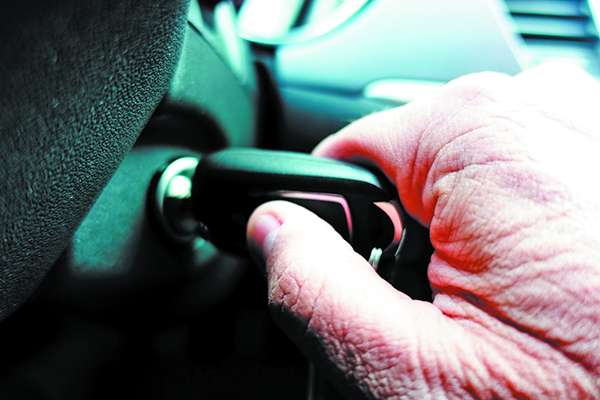A former US Inspector General reveals the safest airlines and other ways to stay safe when flying
The attempted bombing of Northwest Airlines Flight 253 on Christmas Day has once again focused Americans’ attention on air terrorism. Per mile traveled, flying still is safer than driving, but the dangers of terrorism are real. Here’s what air travelers can do to reduce the odds that they will become victims…
Choose your airline carefully when flying overseas. It isn’t just US citizens who often are targeted by terrorists — it’s US airlines and flights headed to the US. All four planes involved in the 9/11 attacks belonged to US carriers… the Christmas bomb attempt was on a Northwest Airlines flight… and the 2001 shoe bomber was aboard an American Airlines flight. British, French, Russian, South Korean and Indian flights occasionally are selected by terrorists as well.To reduce your odds of falling victim to a terrorist attack on an international flight, favor airlines that are not typically targeted by terrorists… and that are based in countries that seem unlikely to be singled out for political reasons. These include Germany’s Lufthansa, Australia’s Qantas and Japan’s ANA (All Nippon Airways) and Japan Airlines.
Caution: The risk for terrorist attack currently is greatest on flights from foreign countries to the US. These flights offer terrorists a way to target American victims without having to evade US airport security, which is considered to be among the tightest in the world in the wake of 9/11.
Choose flights on smaller aircraft when possible. Terrorists like to target big airplanes. The biggest planes flying now include the Boeing 747, 757, 767 and 777 and most Airbus models. They offer many hundreds of potential victims. Big planes also have much larger fuel tanks than smaller planes, making them potentially more damaging to targets on the ground in 9/11-style attacks.It’s possible to make most flights of 1,000 miles or less on relatively small planes. More than half of all domestic flights in the US now are on regional jets built by Bombardier (which have just 50 to 100 seats) or Embraer (37 to 122 seats). Flying these smaller planes on longer flights requires making a connection.
Lean toward small US airports rather than large ones. Security was very poor at some small American airports prior to 9/11, but that’s no longer true. Security now is much tighter at all domestic airports. In fact, security can be tighter at smaller airports because security personnel at these facilities often have more time to screen each passenger and examine each bag.Report any suspicious activity to the crew. Suspicious activity by fellow passengers may include individuals spending long periods of time in the lavatory… congregating near the cockpit… having quiet meetings among themselves… taking an inordinate interest in the flight crew… and possessing any suspicious items.Reserve a seat near one of the plane’s exits… but not necessarily a wing exit. It’s almost always safest to be seated near an exit in an emergency — passengers near exits get out first. If there is a terrorist with a bomb onboard, however, passengers in the seats near wing exits might be at increased risk. Terrorists generally try to detonate bombs near aircrafts’ fuel tanks, some of which are located in the wings. Naturally, it’s safer to be farther from the bomb.Note: Passengers seated near the wings have the greatest responsibility to be on the alert for suspicious activity by fellow passengers seated near them.
Avoid traveling to, from or through countries that are not in compliance with the International Civil Aviation Organization’s safety standards. On the Web site of the US State Department (http://travel.state.gov), select “International Travel,” choose a country, then click “Aviation Safety Oversight” to find out if there is a potential problem.
Example: The US Department of Homeland Security’s Transportation Security Administration has warned that it cannot assess the security of airports in Albania, Azerbaijan and Venezuela, among others.
Exercise the greatest caution when there has not been a recent terrorist attack. Most travelers become cautious right after an attack, but history tells us that terrorists wait months, even years, between attacks on airliners in hopes that security personnel and travelers will let down their guard.


